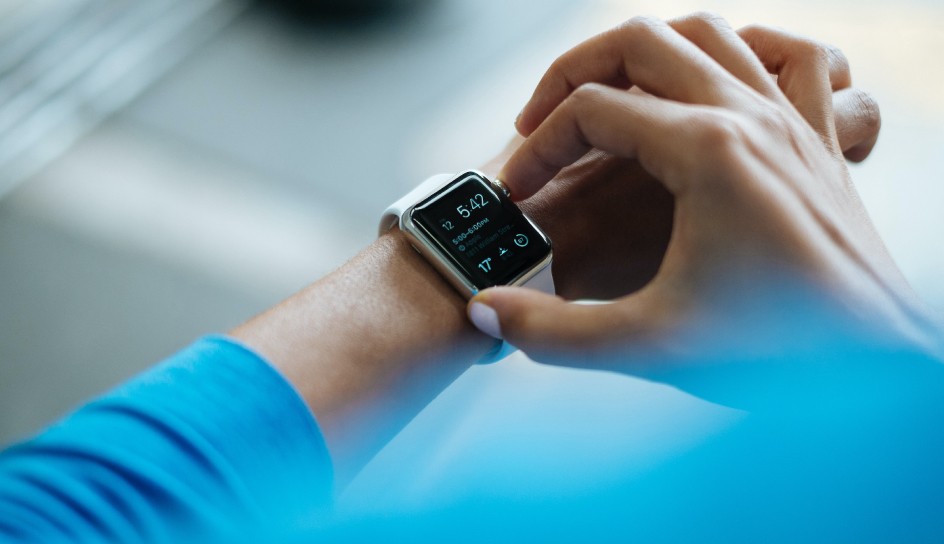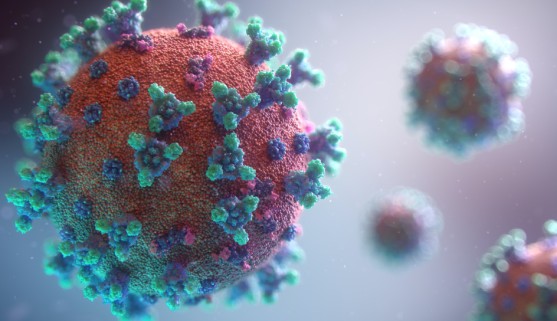Track and Trace technologies can improve the quality of medicines in India

Ensuring high-quality medicines is crucial, especially in a country like India, which is a major global supplier of generic drugs and faces a high disease burden. Track and trace technologies, used effectively in logistics and distribution, can significantly improve the quality and safety of pharmaceuticals.
Enhancing Drug Quality with Track and Trace
Complex Supply Chain: The pharmaceutical supply chain is long and intricate, involving numerous players from manufacturers to end-users. Tracking every change in a drug's journey—from raw material sourcing to final delivery—is challenging but essential for quality assurance.
Current Systems: India has implemented the Drug Authentication & Verification Application (DAVA) and recently introduced the Integrated Validation of Exports of Drugs and Its Authentication (iVEDA) platform. These systems help with secondary and tertiary packaging and export verification but need further refinement.
Counterfeit Medicines: Despite these efforts, counterfeit medicines remain a significant issue. Reports indicate that 20% of pharmaceuticals in India are counterfeit, and fake drugs have led to serious health incidents globally, including deaths linked to Indian-made syrups in The Gambia.
Improving Track and Trace:
- Serialization: Assigning unique identities to each drug unit allows for precise tracking throughout the supply chain. This, combined with effective track and trace technologies, can help in locating products and preventing counterfeits.
- Barcode and QR Codes: Implementing barcodes or QR codes for all drug products, as recommended by the Drugs Technical Advisory Board (DTAB), is crucial. These codes should include detailed product information like API name, batch number, and expiry dates.
- Blockchain Technology: Utilizing blockchain can provide a secure and transparent method for tracking drugs, preventing counterfeit and substandard products from entering the market.
- Enhanced Monitoring: Employing GPS and RFID technologies at manufacturing sites can ensure better oversight and traceability.
- Support for Industry Upgrades: To overcome implementation challenges, the government could offer financial assistance to help pharmaceutical companies upgrade their systems and align with track and trace technologies.
Global Perspective:
Countries like the USA, Canada, Brazil, Mexico, Argentina, the U.K., Germany, France, Italy, Turkey, China, Japan, and members of the Gulf Cooperation Council (Bahrain, Kuwait, Iraq, Oman, Qatar, Saudi Arabia, and the United Arab Emirates) have successfully adopted advanced track and trace systems to enhance drug safety. Learning from these examples can guide India in refining its own practices.
In conclusion, accelerating the adoption of track and trace technologies in India is vital for improving the quality and safety of medicines. By embracing these technologies, India can better ensure that both domestic and international patients receive high-quality, authentic drugs.
Read More
Advancing Rare Disease Policy in India: Strengthening the Na...

Need to include rare disease patients from India in foreign...




